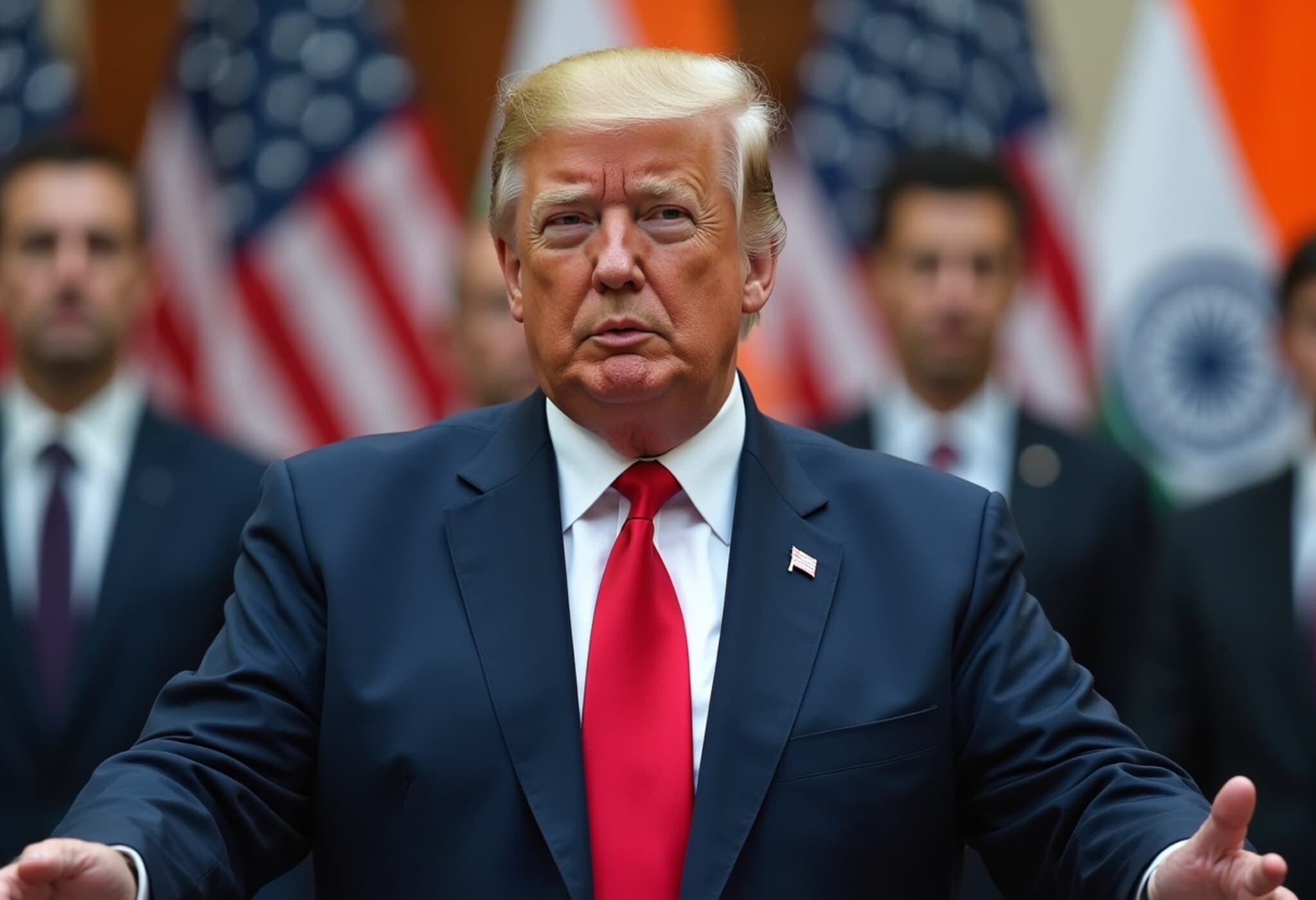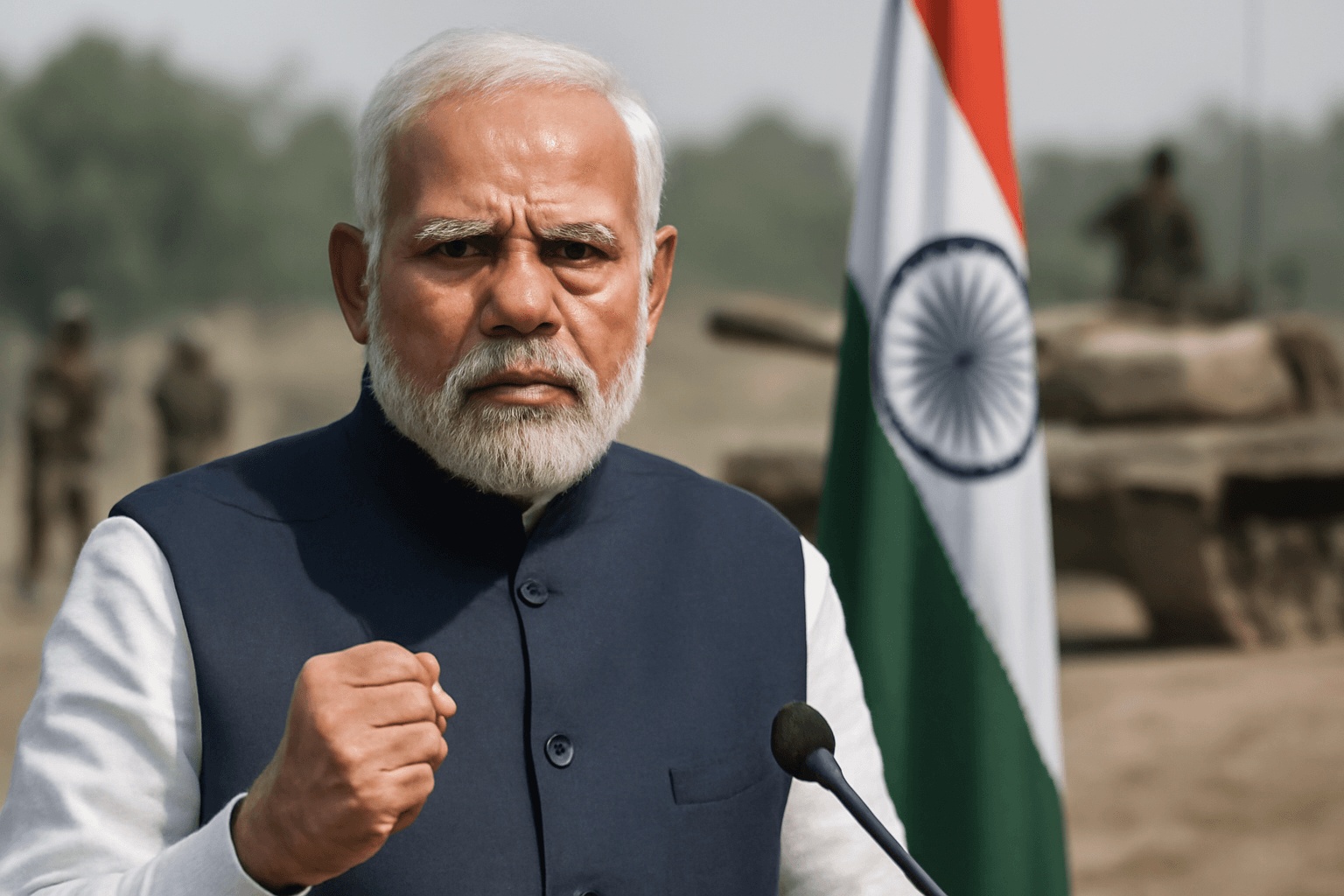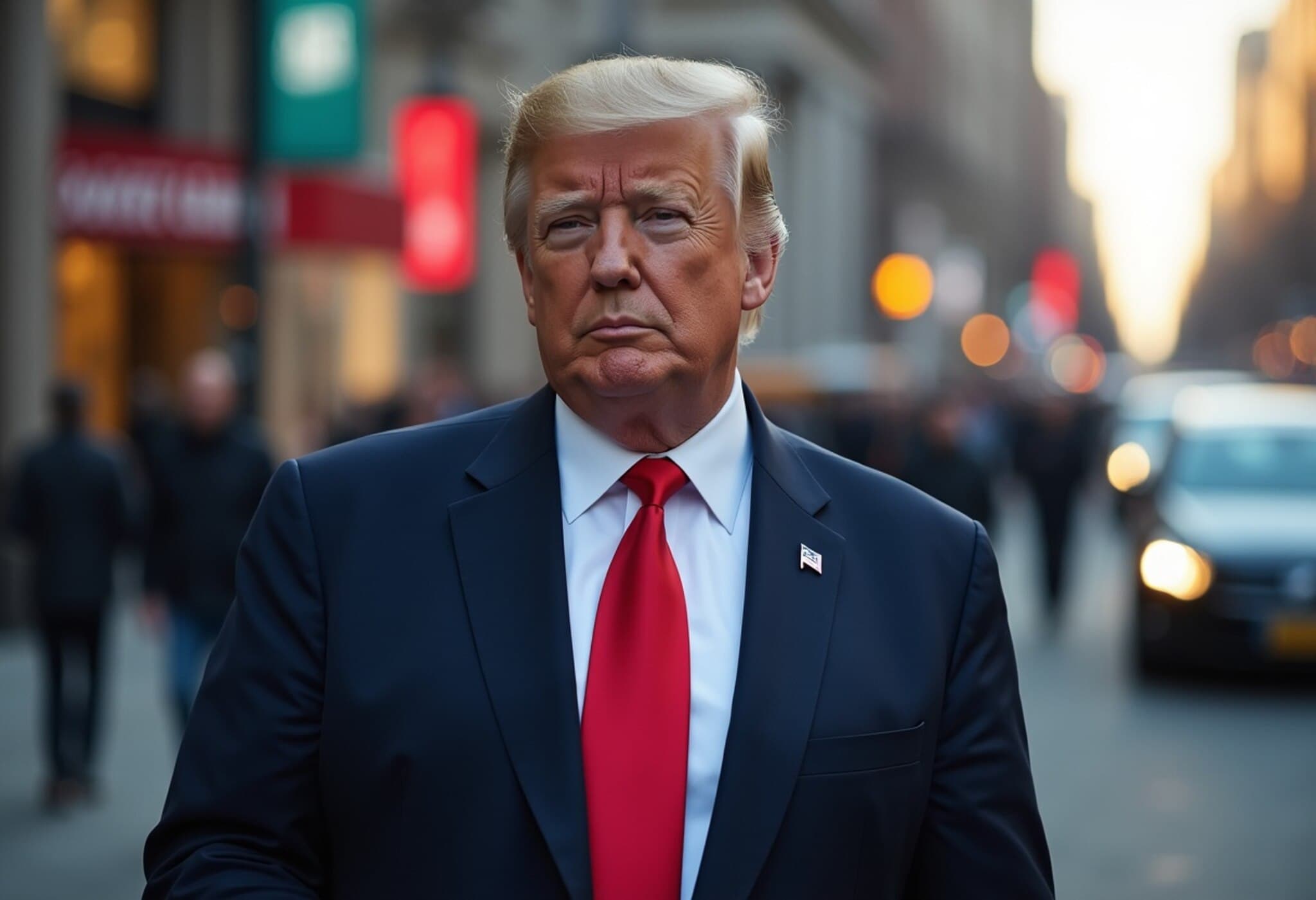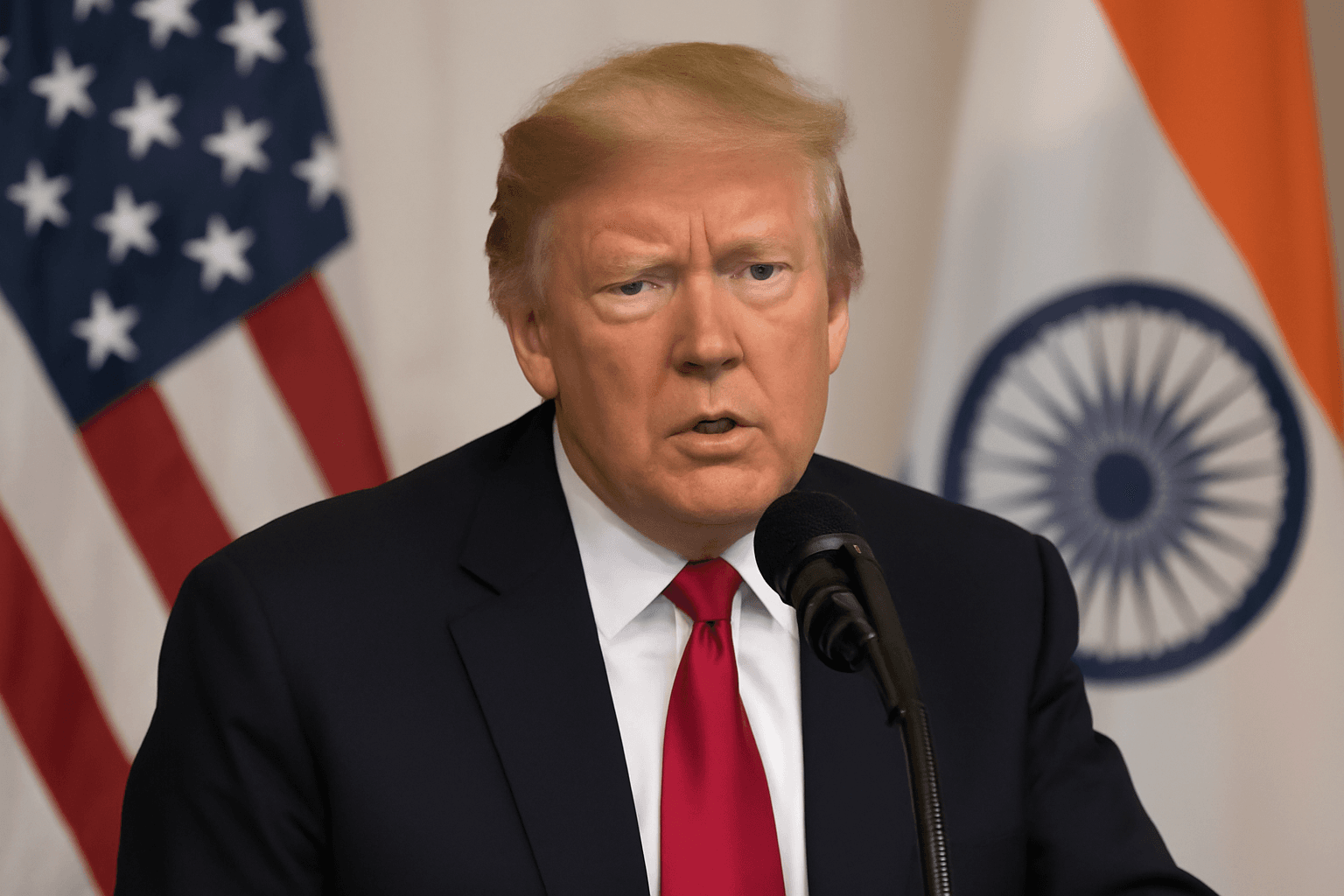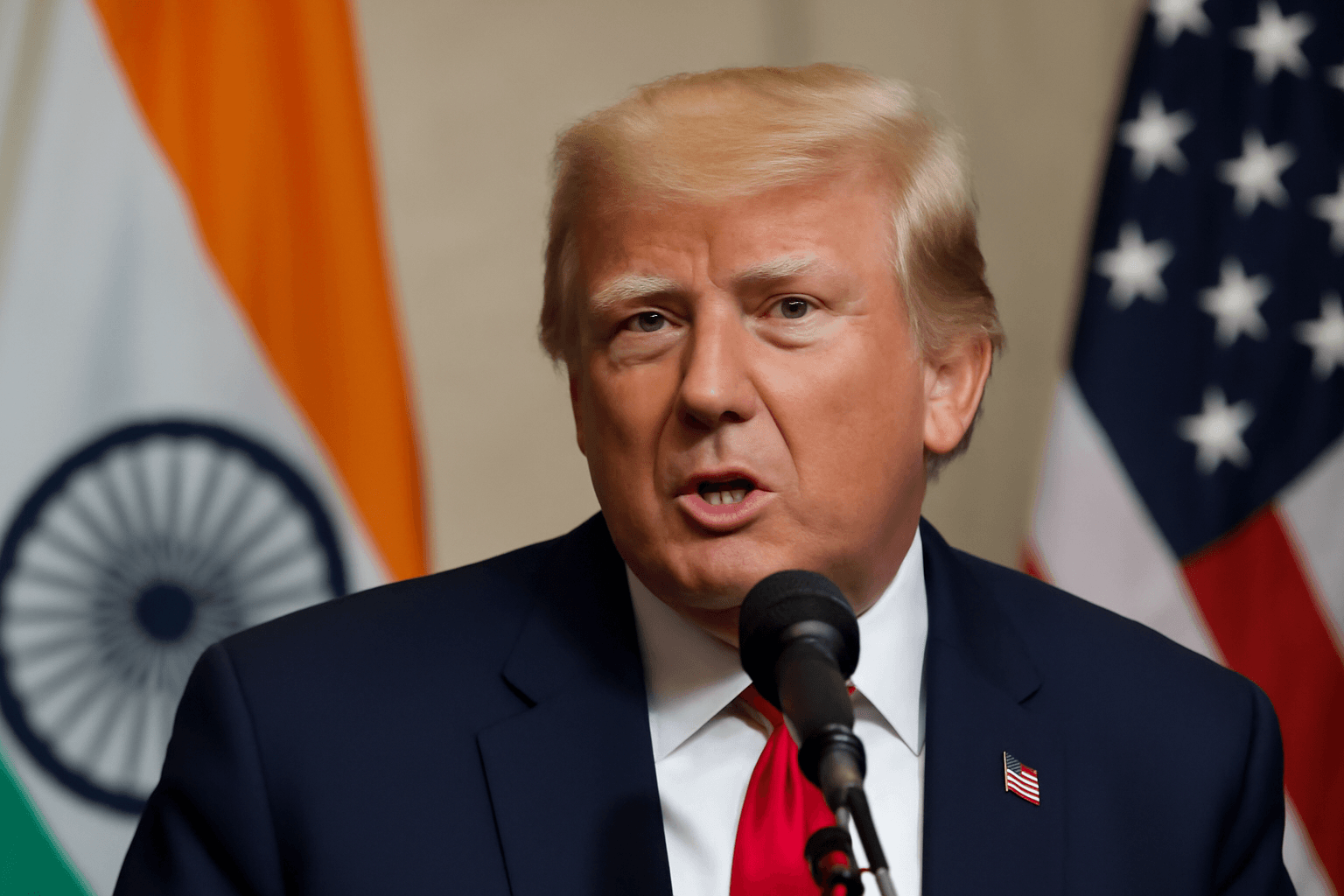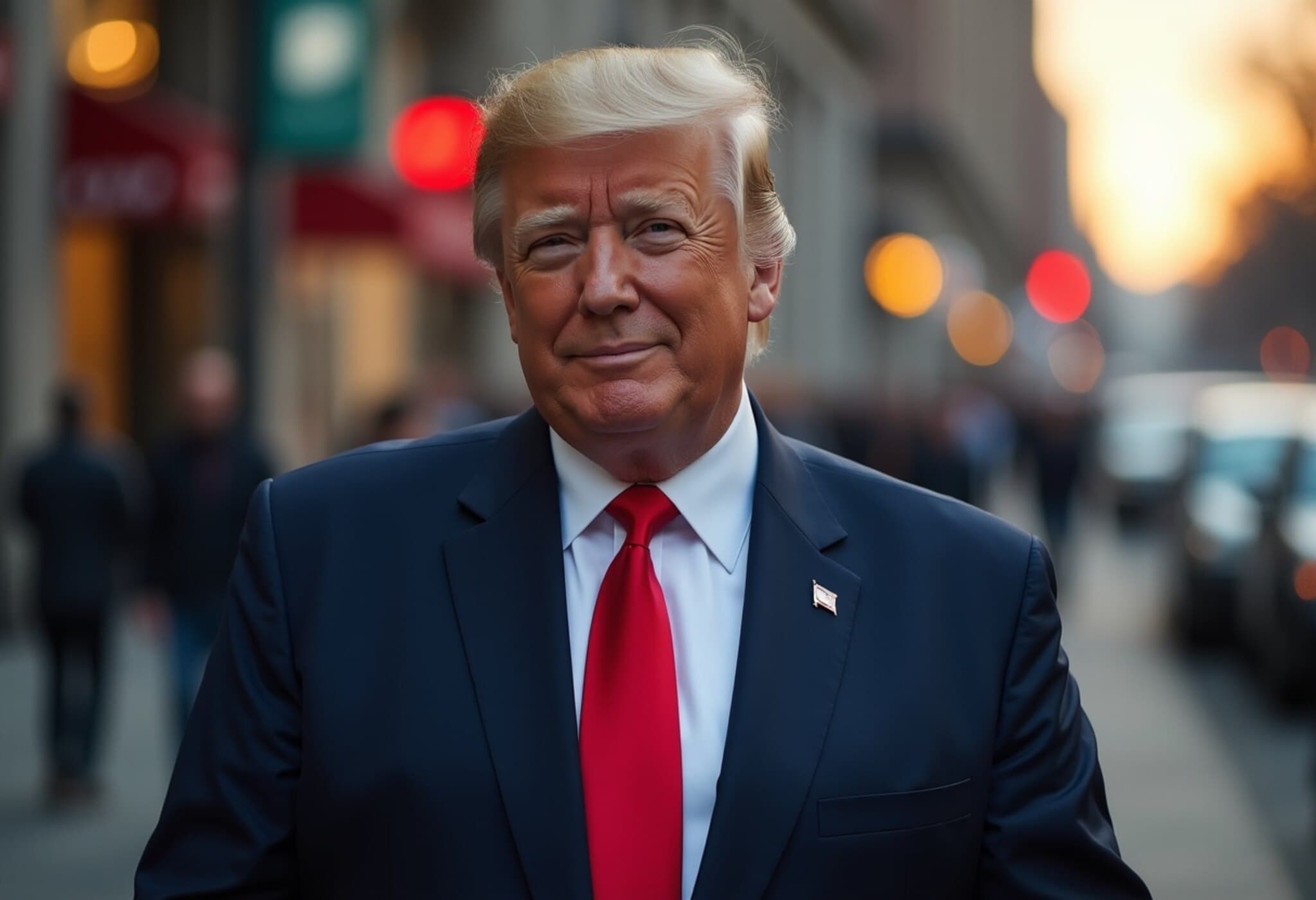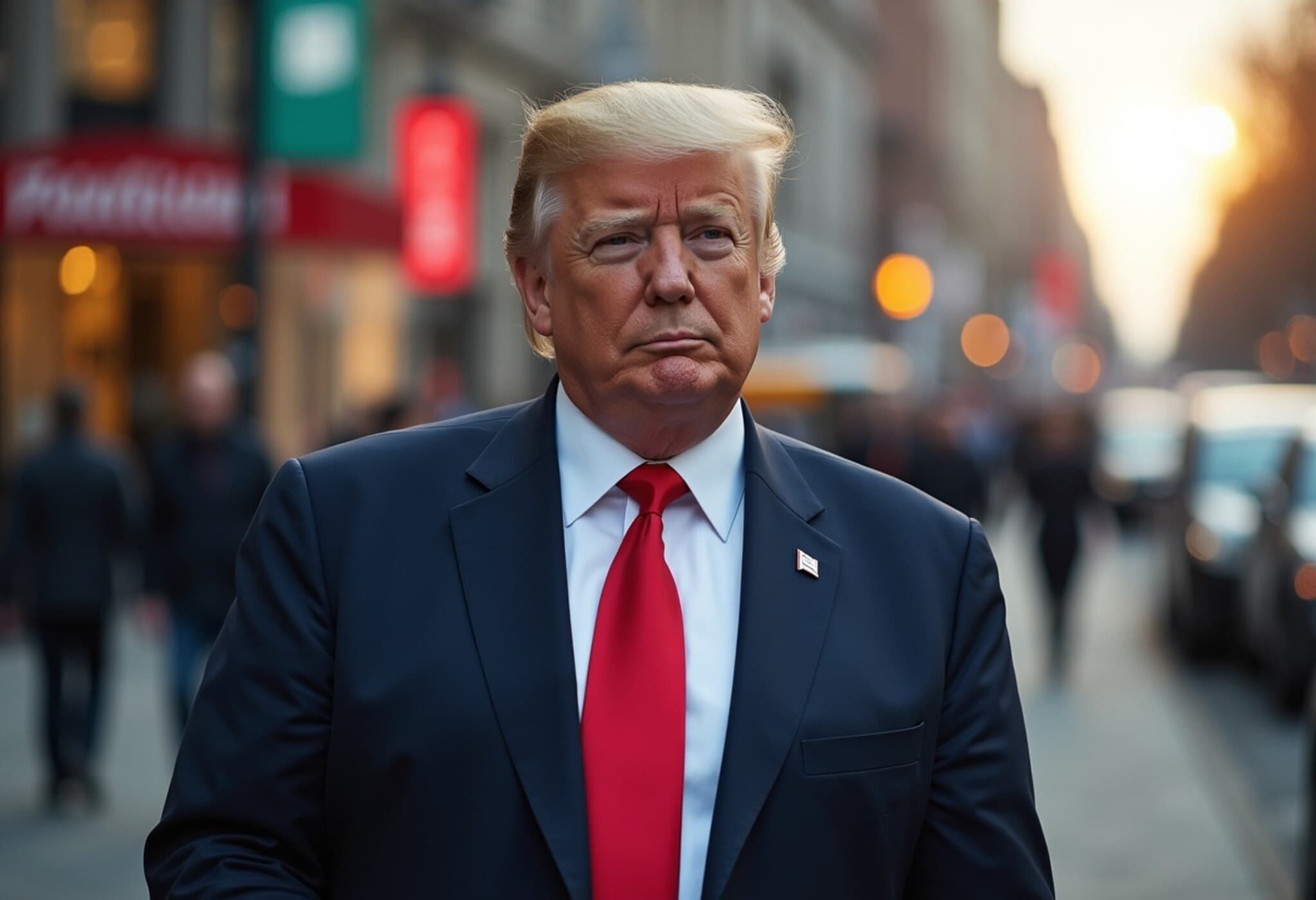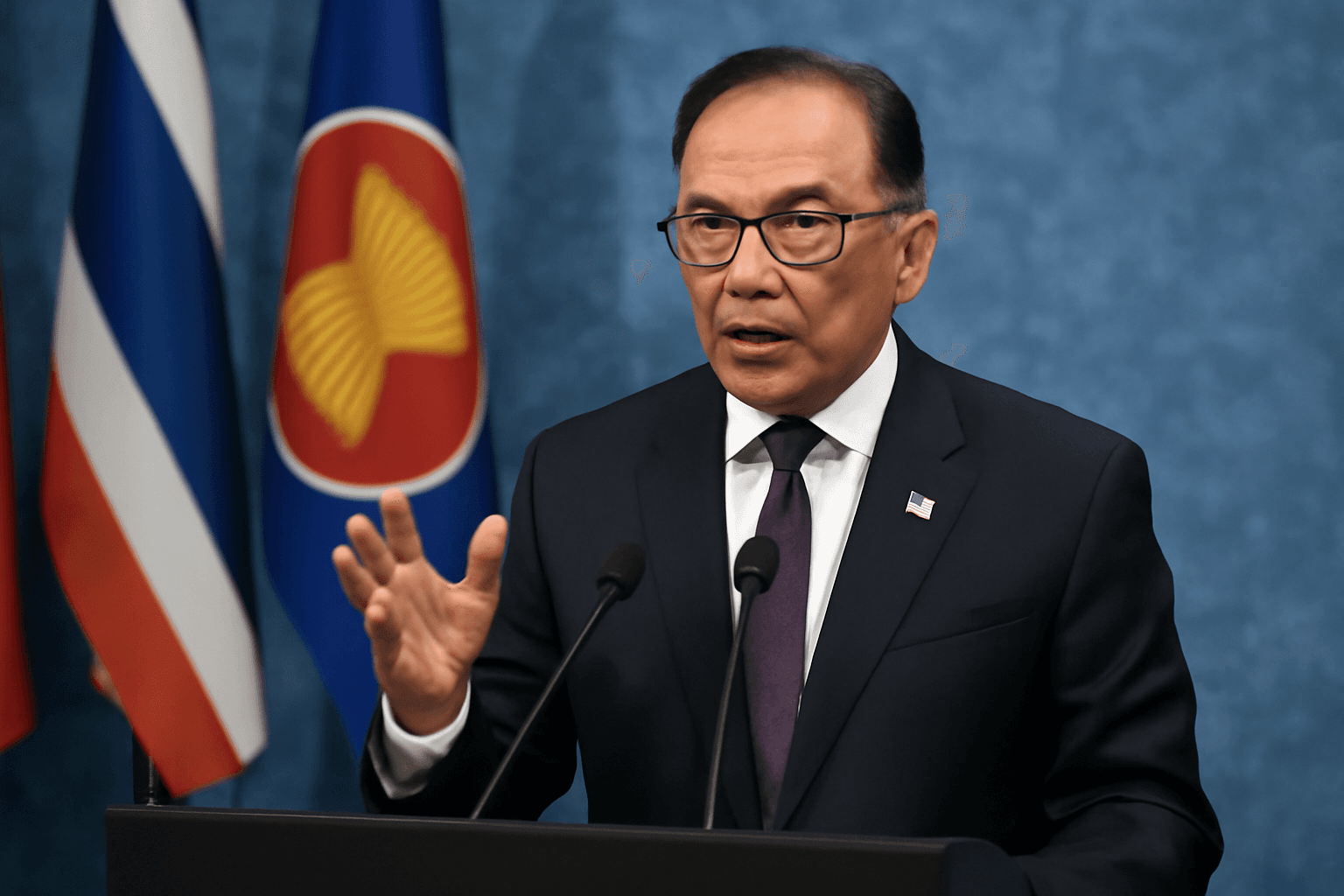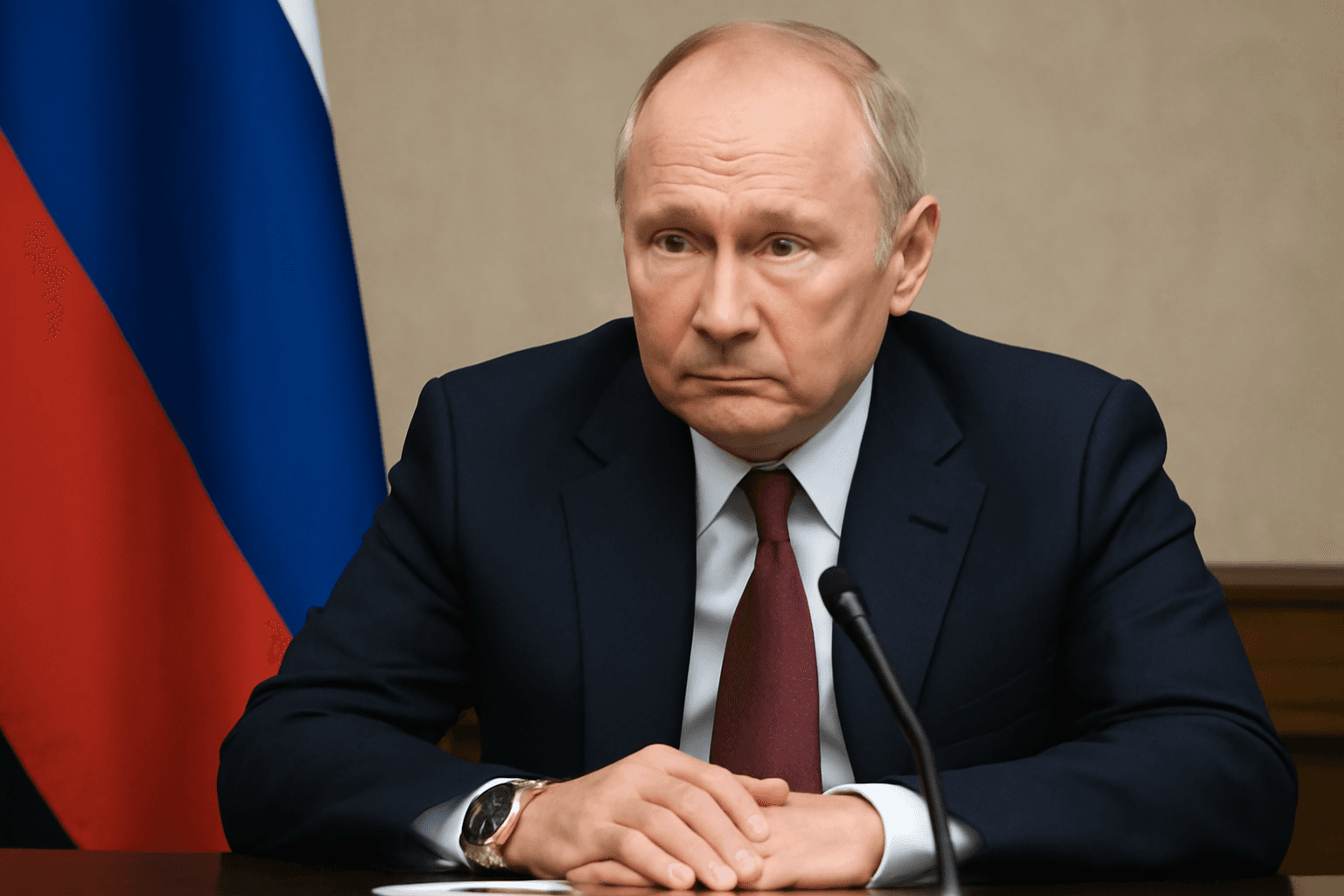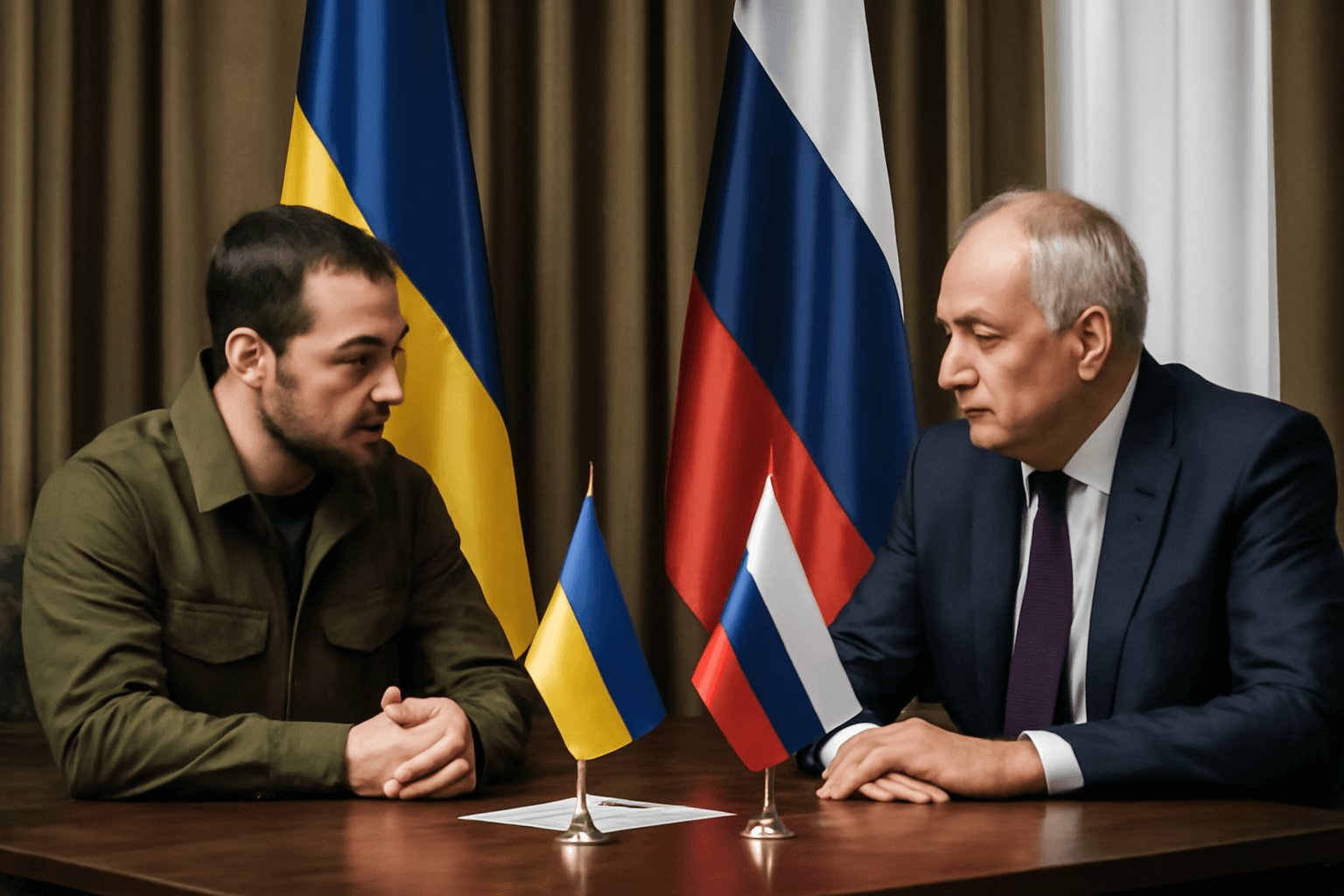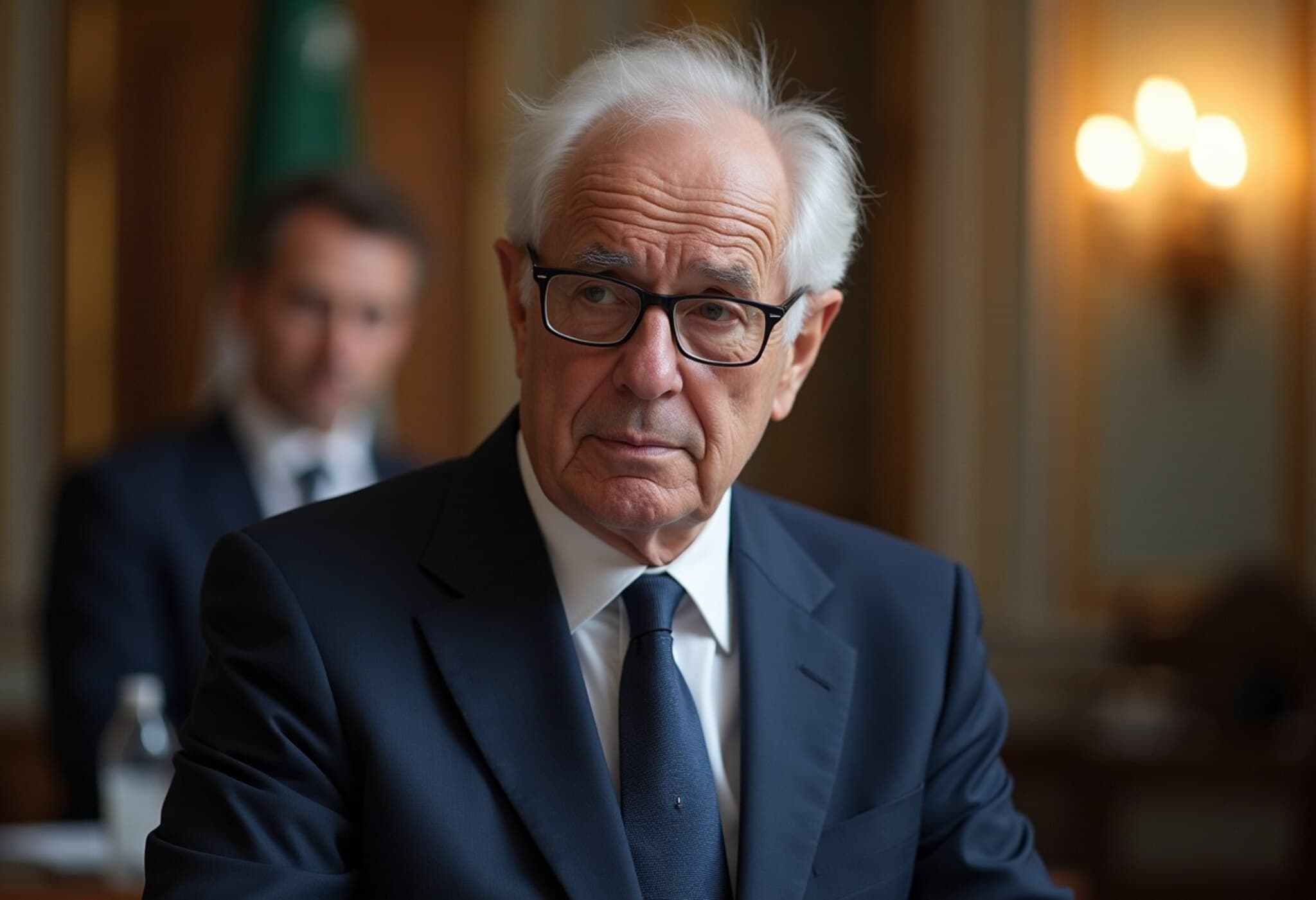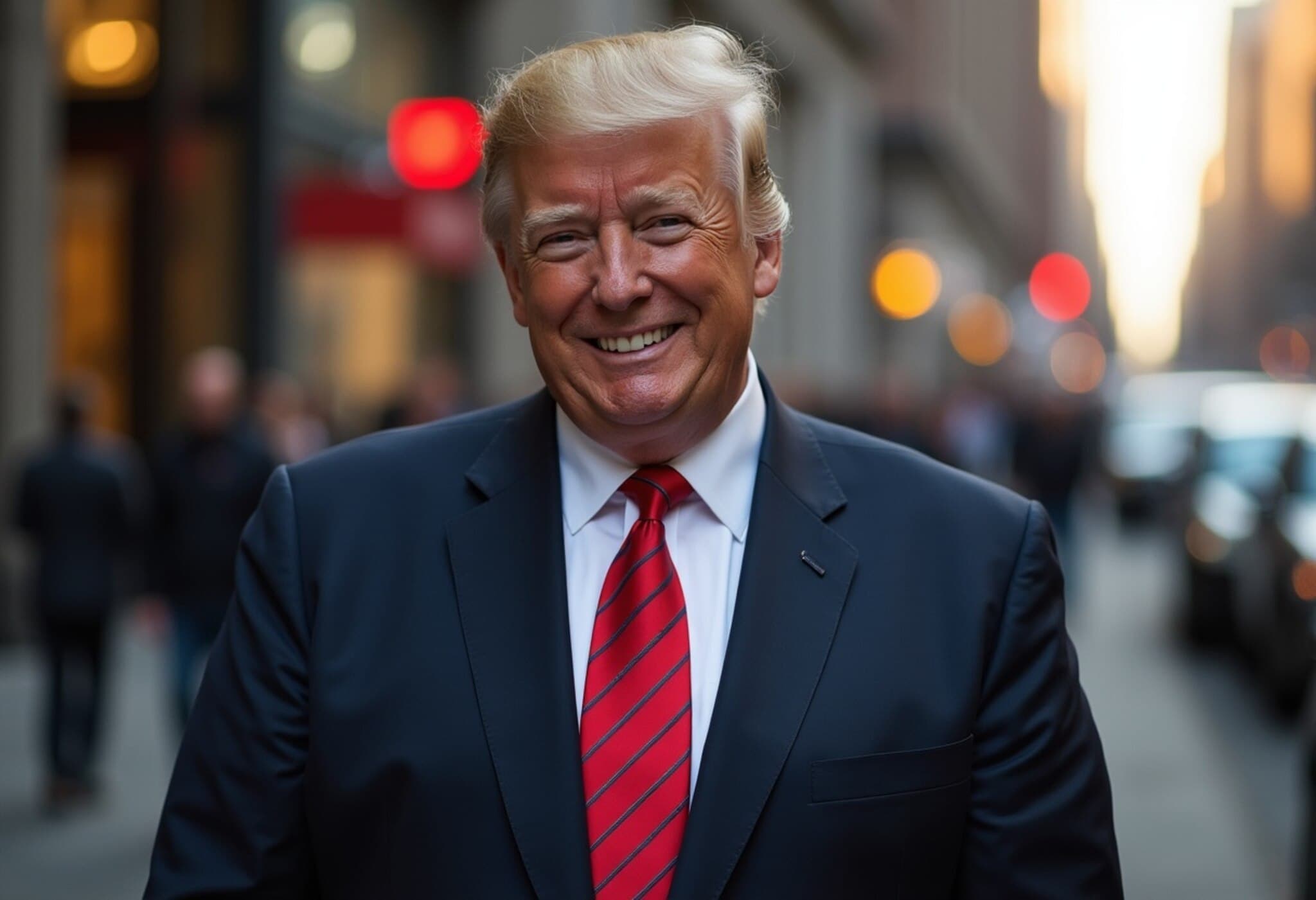Trump’s 25% Tariff and Russia Sanctions Threat Jeopardize India-US Partnership
In a surprising and challenging move, US President Donald Trump has imposed a 25% tariff on Indian imports and threatened further sanctions tied to India’s trade and energy dealings with Russia. This development creates uncertainty in what has been a steadily strengthening India-US relationship over the past four years.
Tariffs and Russian Energy: A Double Blow to Bilateral Ties
Addressing the nation on April 2, 2025, from the White House Rose Garden, President Trump underscored the need to address the US trade deficit with India by enforcing a significant 25% tariff on Indian goods. Moreover, in a Tweet on Truth Social, he directly linked India’s continued purchase of Russian energy to funding Russia’s military operations in Ukraine. Trump announced penalties to take effect from August 1 for what he regards as India’s role in incentivizing the conflict.
This dual approach has interrupted the optimistic momentum cultivated through recent agreements and strategic dialogues between the two democracies. For many in India, the move feels like a diplomatic betrayal, especially as the country navigates complex geopolitical pressures from neighboring China and Pakistan.
Decades of Trust at Risk Amid ‘My Way or the Highway’ Diplomacy
Historically, India and the US have maintained a relationship grounded in mutual respect and pragmatic collaboration, often respecting each nation’s sensitivities—ranging from Kashmir to trade policies. Experts now worry that President Trump’s assertive style has tossed this carefully balanced foundation into uncertainty.
Professor Swasti Rao, a geopolitics expert at Jindal Global University, describes the current scenario as one where “trust deficit overshadows the bilateral agenda.” She points out that India’s concerns over sovereignty and regional stability have been sidelined by Trump’s transactional rhetoric and policies that mirror Senator Lindsey Graham’s hardline stance on Russia.
Comparing Administrations: Biden’s Diplomatic Bridge vs. Trump’s Disruption
The previous Biden administration, while expressing occasional concerns about Indian-Russian ties and human rights issues, generally pursued deepening ties with India. The two countries cooperated on ambitious projects like the Indo-Pacific strategic framework and the India–Middle East–Europe Economic Corridor (IMEC), fostering stronger defense, intelligence, and technological links.
In contrast, President Trump’s policies introduce a level of unpredictability and strain that could curtail these advances. Even more, intra-Indian political analysts acknowledge that some expectations from Trump in New Delhi were misplaced, failing to appreciate his unilateral and often confrontational foreign policy tactics.
Charting a Path Forward: India’s Diplomatic Tightrope
India faces a complex challenge—it cannot replicate strategies used with other countries when dealing with the current US administration. Unlike Pakistan, which has tried various concessions, or other nations that rely on economic leverage or symbolic gestures, India must craft a unique diplomatic approach.
- Non-confrontational management: Maintaining calm and quiet dialogues to handle disagreements.
- Managing egos: Balancing firmness with subtle diplomacy to soften Trump's hard stance.
- Regional stability focus: Prioritizing peace with neighbors like Pakistan and China to avoid multiple simultaneous crises.
Professor Rao suggests that India's best outcome would see tariffs reduced or removed, with no secondary sanctions regarding Russia—though that remains uncertain given the ongoing negotiations.
Expert Insight: What Does This Mean for Global Trade and Diplomacy?
Trump’s aggressive tariff and sanction threats signify a broader shift in US trade policy that impacts global alliances. India, a rising economic powerhouse and key democratic partner in Asia, now faces hesitation over its strategic alignment with the US. This discord may ripple across international frameworks such as the Quadrilateral Security Dialogue (Quad) and multi-nation economic corridors.
The situation underscores a pressing question for policymakers: How can democracies balance sovereignty and strategic partnerships amid growing global tensions? India’s experience highlights the limits of relying on unpredictable unilateral actions from key allies.
Editor’s Note
The evolving dynamics between India and the US reflect the complex interplay of trade, geopolitics, and global conflict. While tariffs and sanction threats are immediate concerns, the broader challenge lies in rebuilding trust and crafting a partnership that withstands political shifts in Washington.
For readers, the key takeaway is that international relations are seldom linear. Diplomatic agility, nuanced engagement, and a clear-eyed assessment of partners’ priorities are essential for sustaining long-term alliances—particularly when facing global uncertainties such as the Ukraine crisis and Indo-Pacific tensions.
As the situation develops, observers should watch how New Delhi recalibrates its approach and whether Washington softens its stance, possibly paving the way for renewed cooperation that benefits both nations.

